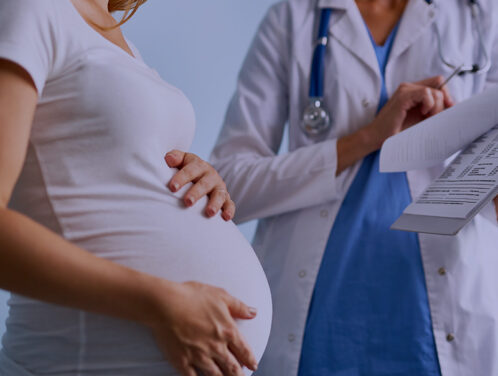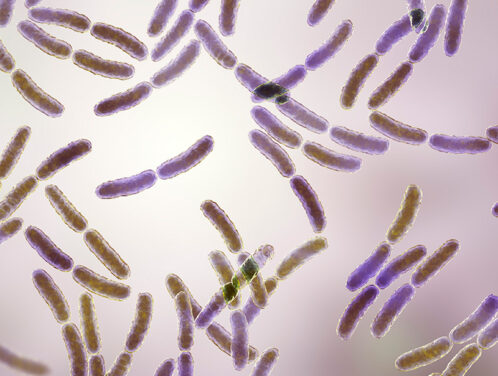A vaginal infection is no day at the park for anyone, but for women and people who are trying to get pregnant, some vaginal infections may pose additional problems, such as reducing your odds of conceiving.
When the vagina is infection-free, its vaginal microbiome, the environment of healthy microbes within, contains mostly acidic bacteria like lactobacillus. But when an infection is present, the vaginal microbiome changes to a more alkaline, or unhealthy bacteria.
Bacterial Vaginosis & The Vaginal Microbiome
Bacterial vaginosis is the most common vaginal infection that can reduce your odds of getting pregnant. The infection is characterized by a proliferation of unhealthy bacteria, a fishy odor, a thin white, grey or yellow discharge, burning when you urinate as well as itching and painful intercourse.
The Infection’s Effect on Fertility and the Vaginal Microbiome
Bacterial vaginosis is three times more common in infertile women than fertile women, and can mess with your fertility in a few ways:
- It increases inflammation and creates a toxic environment for pregnancy
- It causes damage to both sperm and vaginal cells
- It interferes with healthy cervical mucus during ovulation
- It produces scar tissue that can block fallopian tubes where the sperm and egg meet
Pregnant women who develop bacterial vaginosis may have an increased risk of miscarriage, pre-term birth, low birth weight babies, and postpartum infections.
How Do You Develop BV?
The CDC says BV is most common in women ages 15 to 44, though researchers don’t fully understand why some women get the infection. Sexually active women, women with new or multiple partners, and women who douche can upset the balance of the bacteria in the vagina and develop BV.
Vaginal Health Testing and Treatment Options
If you suspect any type of vaginal infection, you should see your doctor right away to rule out bacterial vaginosis. Your doctor may take your medical and sexual history, perform a pelvic exam, and take a sample of vaginal secretions to check for an overgrowth of bacteria. There are also at-home vaginal heath testing options that can be taken to know whether or not you have certain vaginal infections. You may also have a vaginal PH test with a PH test strip to determine if your vaginal microbiome has too high of a PH (over 4.5).
If you do have BV, you may receive an oral antibiotic such as metronidazole (Flagyl), clindamycin, a cream that you insert in the vagina, or tinidazole, an oral medication. Some practitioners use antibiotics only if necessary, as they may kill good bacteria along with the bad. Many women have a recurrence of BV within a year of the first episode. While male partners typically don’t need to be treated for BV, female partners should as the infection can transfer back and forth.
Your clinician may also recommend taking a vaginal probiotic to restore the vaginal microbiome or use of refreshing vaginal gel products that don’t harm good bacteria. You can also try a dietary approach of eating foods like yogurt that contain lactobacilli, good bacteria, as well as taking regular probiotics. And always avoid douching.
While occasionally BV can go away without any treatment, you should seek the advice of your clinician and follow that advice. Untreated bacterial vaginosis can cause other serious complications including:
- Increase your odds of getting other STIs including HIV if you have sex with a partner who is infected
- Cause pelvic inflammatory disease (PID), which can damage fertility
- Cause preterm delivery if you are pregnant
While having any type of vaginal infection is concerning, dealing with bacterial vaginosis is particularly tricky, because it can be hard to treat, recur, and has implications for women trying to get pregnant. Women who are concerned about BV or have had it previously should speak with your gynecologist about testing, treatment and prevention.






